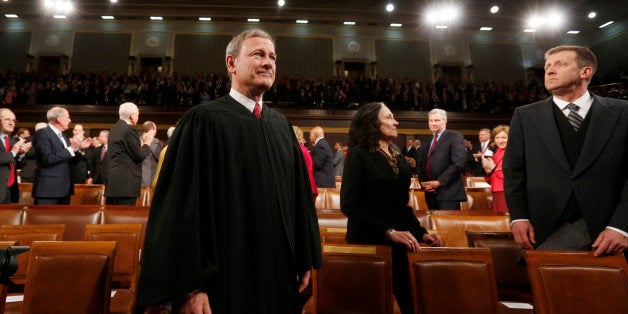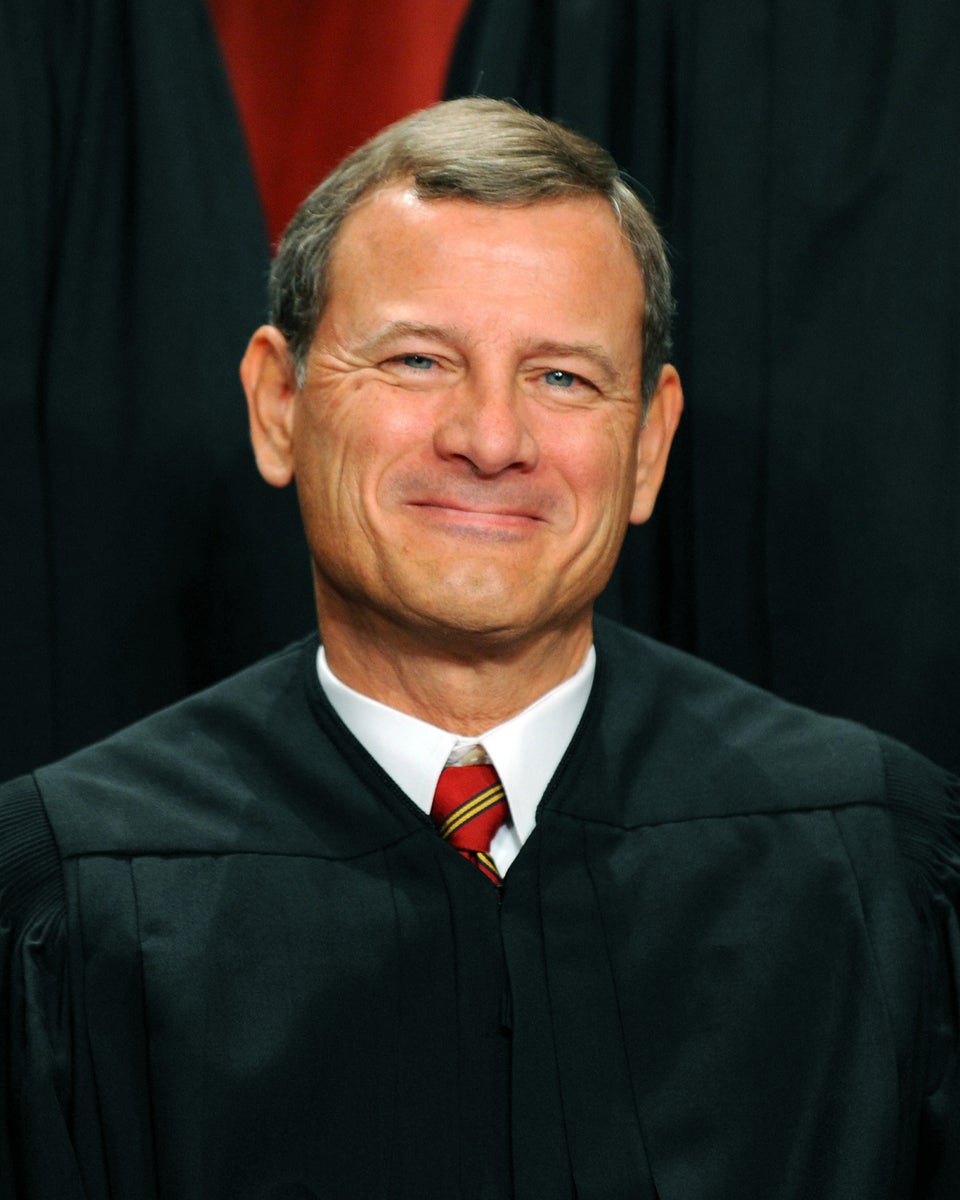
WASHINGTON -- As the dust begins to settle on the Supreme Court's term, at least one big winner has emerged: the U.S. Chamber of Commerce.
The business lobbying group saw favorable outcomes in 69 percent of the cases it was involved in this term, according to the Constitutional Accountability Center. Of the 17 cases in which the chamber was a party, represented a member company or filed an amicus brief, it received positive decisions in 11 and losses in five. (One case settled before the Supreme Court heard oral argument.)
The chamber's record was down slightly from last year, when it was successful in 78 percent of the cases in which it involved. In the last three terms, the group has won 80 percent of the time.
The chamber did not immediately respond to a request for comment.
For the first time this year, the chamber directly represented one of its member companies, Noel Canning, before the Supreme Court. The company brought suit over President Barack Obama's recess appointments to the National Labor Relations Board.
But NLRB v. Noel Canning was just one case this year in which the chamber sought to advance "aggressive" arguments, according to the Constitutional Accountability Center. The center found that though those arguments were not always successful, the chamber garnered several favorable if narrow outcomes where it was pushing the law.
From the center's report on the characteristics of this term:
This lack of drama, however, should not obscure one of the defining features of this Term's Chamber docket -- the Chamber's decision to offer ambitious arguments in some of this Term's biggest business cases. For instance, the Chamber argued that the Court should second-guess two centuries of executive practice in Canning, overrule a quarter-century's worth of precedent in Halliburton, limit the EPA's authority to regulate greenhouse gases in UARG, and toss out important interstate air pollution rules in EPA v. EME Homer.
In some of these cases (like EME Homer), the Chamber was playing offense and lost, with a cross-ideological coalition of Justices rejecting its aggressive arguments and preserving the status quo. However, in a series of other important cases, the Court gave the Chamber less than it wanted, while still managing to shift the law in a business-friendly direction -- Chamber overreach yielding real gains for the business community.
Under Chief Justice John Roberts, who was confirmed to the high court in 2005, the Supreme Court has been far more likely to issue a ruling favorable to the chamber than the court was under his immediate predecessors, according to the center's analysis. During a long period of consistent court membership under Chief Justice William Rehnquist (1994-2005), the justices ruled for the chamber's favored position only 56 percent of the time. During a similar period of stability under Chief Justice Warren Burger (1981-86), the court ruled with the chamber 43 percent of the time.

